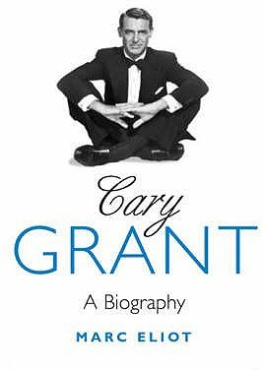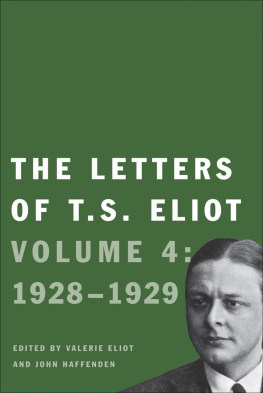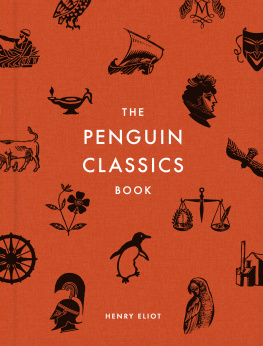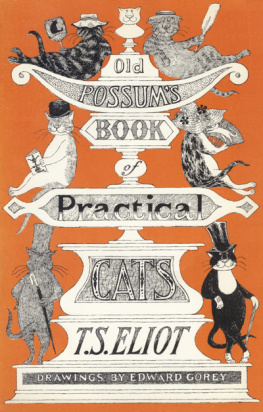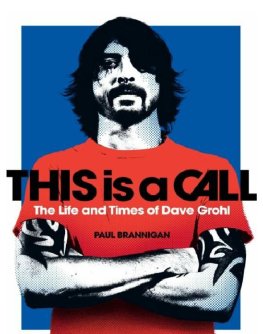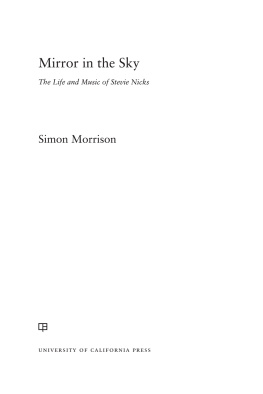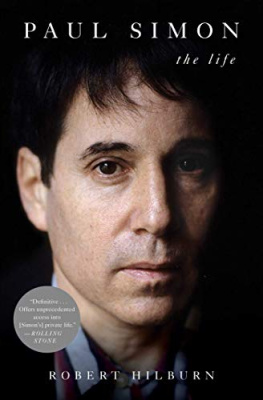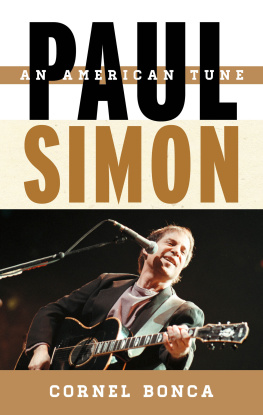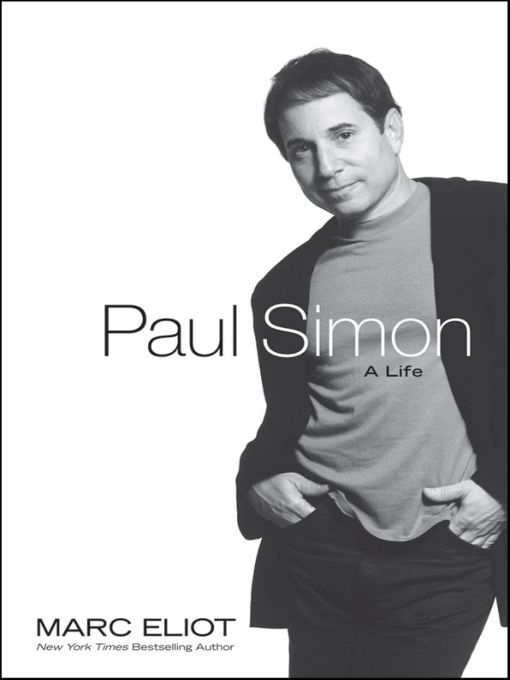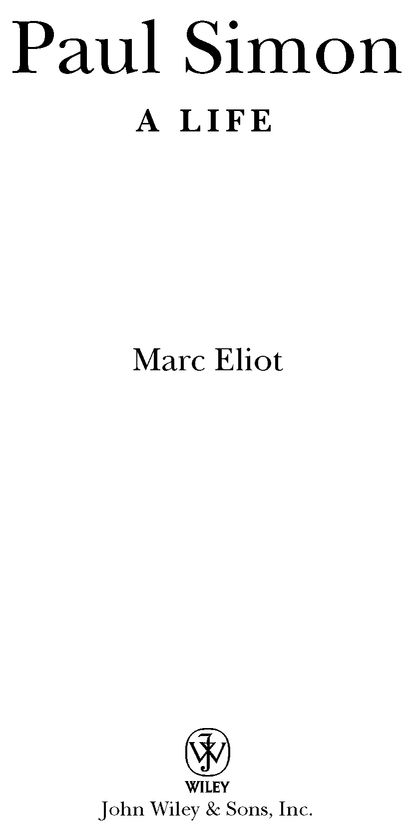Table of Contents
To bb
Introduction
FOR TWO NIGHTS IN THE DEAD OF THE WINTER OF 2009, SIXTY-SEVEN-YEAR-OLD native New Yorker Paul Simon, one of the iconic folk-rock singer-songwriters of the boomer generation, took the stage of Manhattans venerable 2,800-seat Beacon Theatre on the Upper West Side to deliver a dazzling musical retrospectivethe music of his life that had become the soundtrack to the lives of his audience. He appeared with the nine-piece backup band of distinguished musicians with whom he had recorded and toured for the better part of the past decade and a half. At the conclusion of the first nights encore, nearly three hours into the show, Art Garfunkel emerged from behind one of the stages black curtain wings and was greeted with a mushrooming roar of approval. While Paul played acoustic backup and sang bottom harmony, Artie offered an especially soulful rendition of The Sound of Silence. He delivered it in his familiar signature style, his hands in his jeans back pockets, his body bent slightly forward as if he were about to kiss the microphone. When he reached for the songs impossibly high climactic notes, he got as close as he could, compensating at the top by going lower, then bowed his head once and held it downward as the audience rose to an enthusiastic and extended standing ovationfor the song, for the night, for the fifty-something years of wonderful music.
So there they stood, the diminutive, T-shirted Paul and the tall, sweatshirted Artie, together again on a stage, smiling and nodding in appreciation, looking pretty much as they did at the height of their popularity in the sixties. Except for the inevitable wear and tear of ageArties face and middle sagging a little here, a little there; Pauls once dark brown head of hair a wispy colorless fringethey looked pretty much the way they did when they first appeared on the sixties folkie scene after their brief but skyrocketing late-fifties doo-wop stint as Tom & Jerry, a couple of cartoon charactersnot Tom & Jerry the friendly cat and mouse, but Bud Fishers starker Mutt and Jeff, minus the mirth and the jauntiness.
Thirty-four years earlier, at the height of American Beatlemania and the singular reign of rocks then royal prince, and Pauls idol and nemesis, Bob Dylan, Simon & Garfunkel broke back into the musical mainstream with their angst-for-the-memories adolescent anthem The Sound of Silence, which began with one of the most memorable opening lines of the decadeHello darkness my old friend...no doubt lyrically influenced by Dylans picaresque release earlier that year of Chimes of Freedom. Four tumultuous years, five classic (and classically thematic) albums, and fourteen hit singles laterat a time when singles drove the music businessSimon & Garfunkel, who put out an average of five high-charting singles a year, had ensured their place in the pantheon of sixties popular music icons.
Yet, for all the accolades, Paul felt increasingly like the accompanying guitarist for Arties stunning solo performances during which, especially in the early days of their folk period, Paul would look down at the neck of his guitar while Artie stood and sang with shoulders slightly hunched, elbows bent, body arched sideways. Although the duos creative core, he perceived himself the under appreciated half of the act, the Stan Laurel straight-man genius who devised all the skits to bring out the performing brilliance of the Oliver Hardy star of their show. So when the creative limitations of singing with a partner became intolerable to him, Paul broke up the act and took the solo route with the release of Kodachrome, which set the stage for a series of solo songs and albums that brought him his own special brand of recognition, a star that, no doubt, shone bright, but never as hot as the nova that was Simon & Garfunkel.
By the mid-seventies, when Pauls solo career appeared to have played itself out, and with nowhere left to turn, he made a huge leap forward by taking a strong step backward and opting for another go-around with Art, with whom from then on he reteamed on a more or less regular basis while each continued to release solo albums. This retro phase lasted until 1986, when Paul, in the midst of a deep and unshakable depression brought on by a solo career decline and marital woes, was turned around by some strikingly original music he had heard on a homemade cassette tape a friend had given him. This led him on a journey to South Africa to track down the musicians who had created these songs. When he returned to the States he made Graceland, an album that jolted rock n roll out of the narcissistic complacency of the seventies and catapulted him back into the limelight.
After releasing a follow-up to Graceland (The Rhythm of the Saints, at least as good), he once more reunited with Artie, whose own career had no Graceland to rescue him from his own commercial decline. Whatever Pauls reasonsgenerosity of spirit; an intensified sense of nostalgia following the death of his father; a more basic (and more complicated) yearning to recapture the glory of his fading youth; or perhaps something colder, a business savvy that told him the sum of Simon & Garfunkel was always going to be bigger than its individual Paul and Artie partshe kept the duo together, even as they continued to behave like a divorced couple who, despite their hostilities, simply could not stay away from each other. Thus, for the next half century, even as their lives went in radically different directions, they followed the industry trend for nostalgic reunions, continually putting the blue-jeaned uniform of their partnership back on and singing to packed houses around the world filled with soft-around-the-middle audiences for whom songs like The Sound of Silence, The Boxer, and most especially Bridge over Troubled Water brought back sweet memories of their own lost youth.
Even after the colossal failure of his 1998 Broadway show, The Capeman, and his bruised self-withdrawal from the public view, Paul couldnt stay away from performing or from Artie. Yet again he orchestrated a massive comeback for Simon & Garfunkel that resulted in some of the best live performances the two ever did, even as the sun (and the spotlight) slowly began to fade on them, on the century in which they thrived, and on the hearts and minds of a generation for whom rock n roll was not just music to dance to but the soundtrack of their lives.
Thats the story, then, or at least the part of the story that plays so well against the heartbeat rhythm of Pauls life, filled in along the way with lovers, partners, and passions that drove him toward and away from them. In that sense his body of work becomes the musical legacy of one artists journey through the landscape, the idealized tunes about the times of his life and those who grew up listening to them.
But because all popular music is, in one way or another, despite its subject matter, about idealization, if for no other reason than that its form requires satisfactory resolution, Pauls music is not necessarily only about the life of his times. For the boomers especiallyPauls primary audiencehis songs articulate the poetics of their lives: the events, the relationships, the love, and the heartbreak, all of it reimagined and romanticized through the back roads of their minds. If Dylan was the undisputed poet of the sixties, Paul was its resident diarist, offering impressionistic images of signs on subway walls and tenement halls, of people walking through airports, of the sound of drizzling rain like plipping drips of memories of a loved one far away, of the Mississippi Delta shining like National Guitars, of the open window of love on wounded hearts, of heroes thrown up pop charts, of diamonds on the soles of their shoes.


